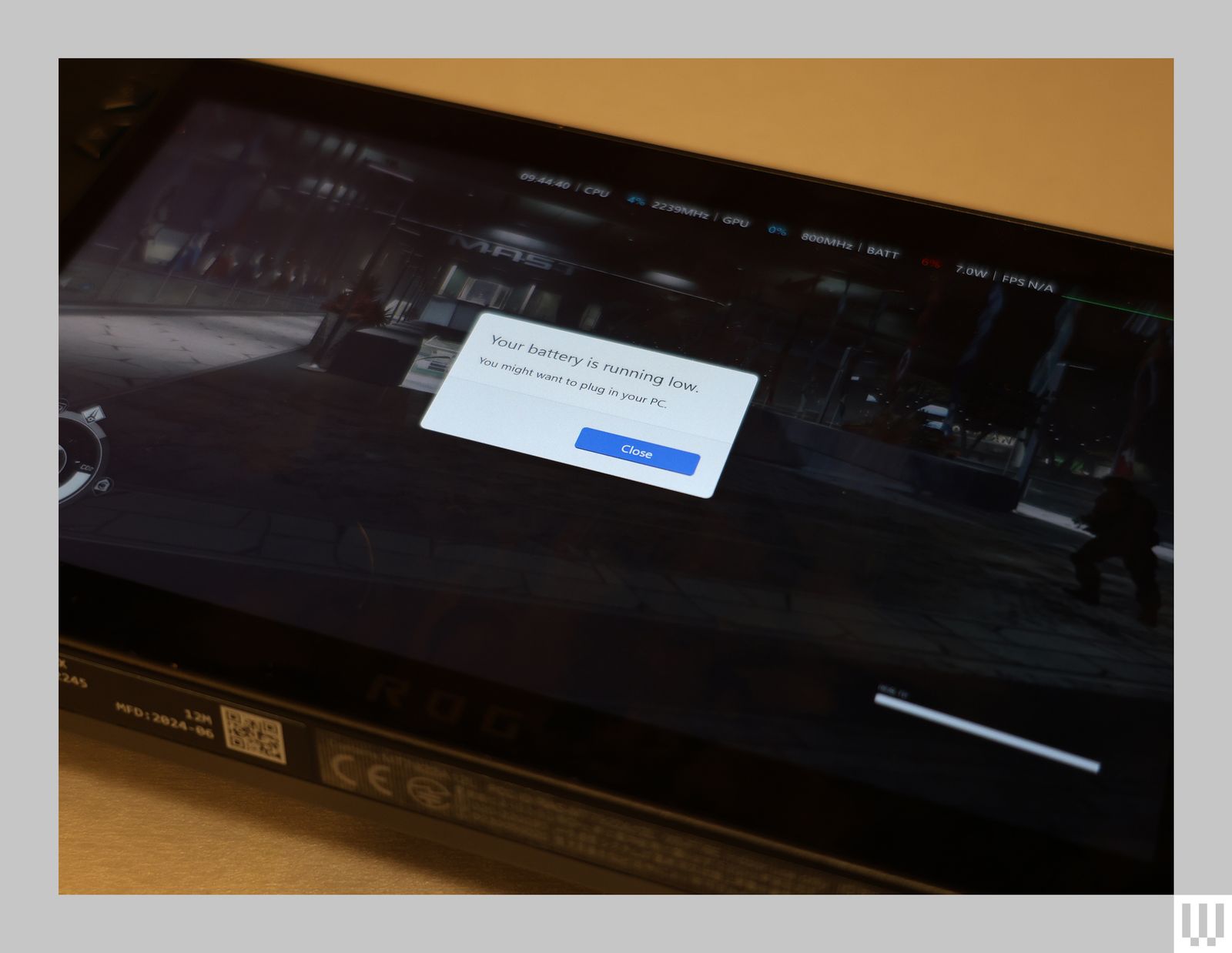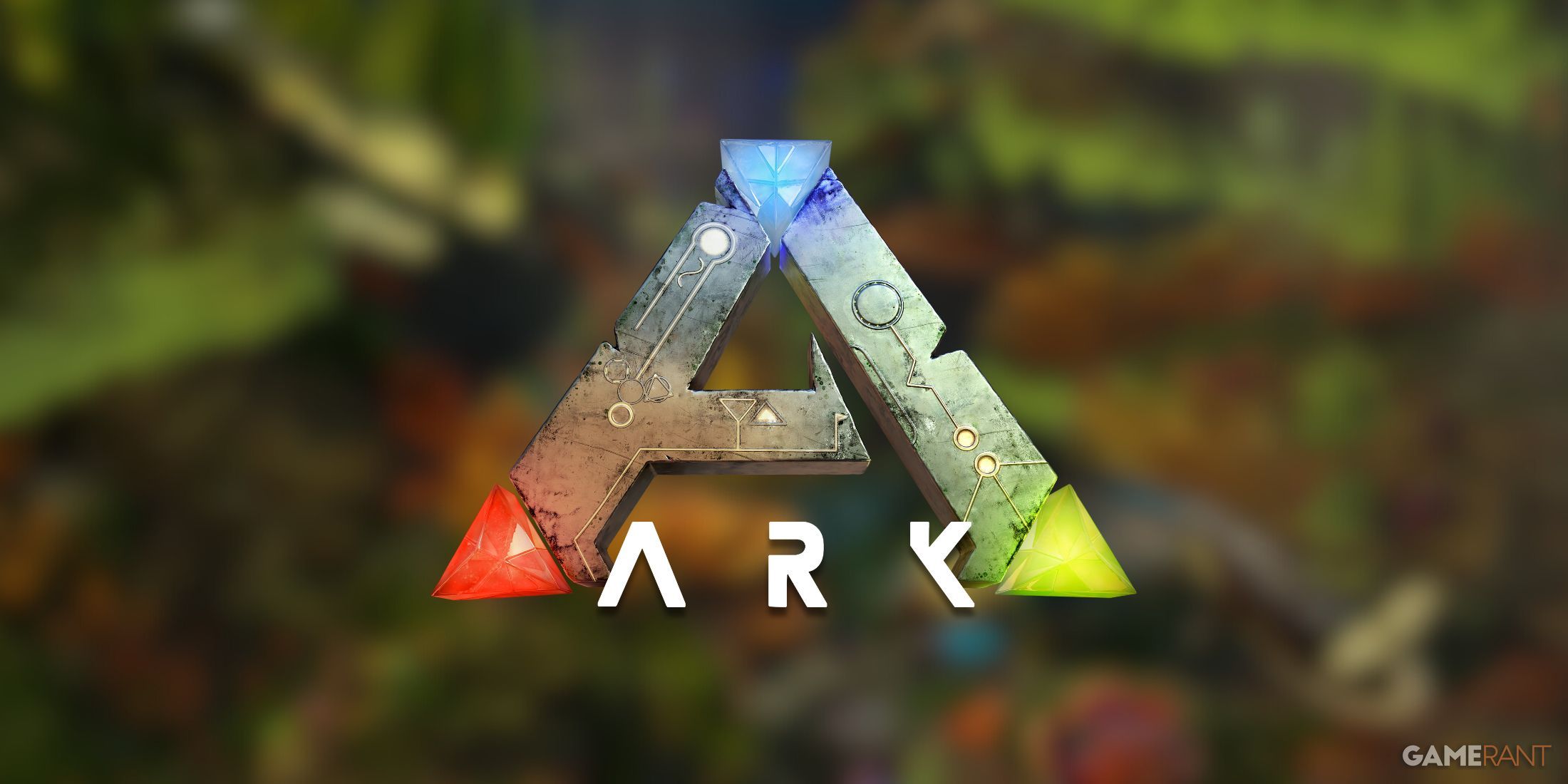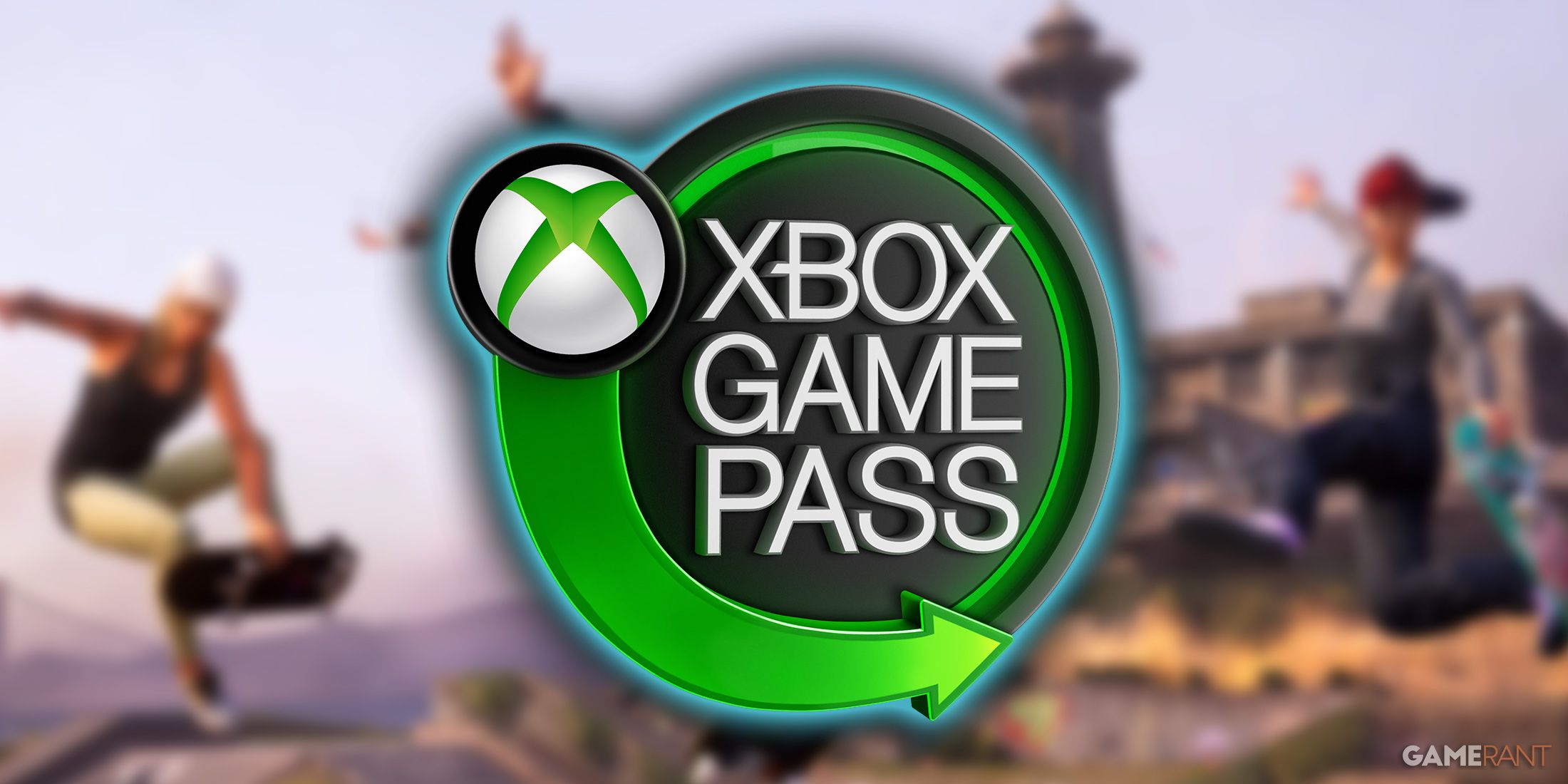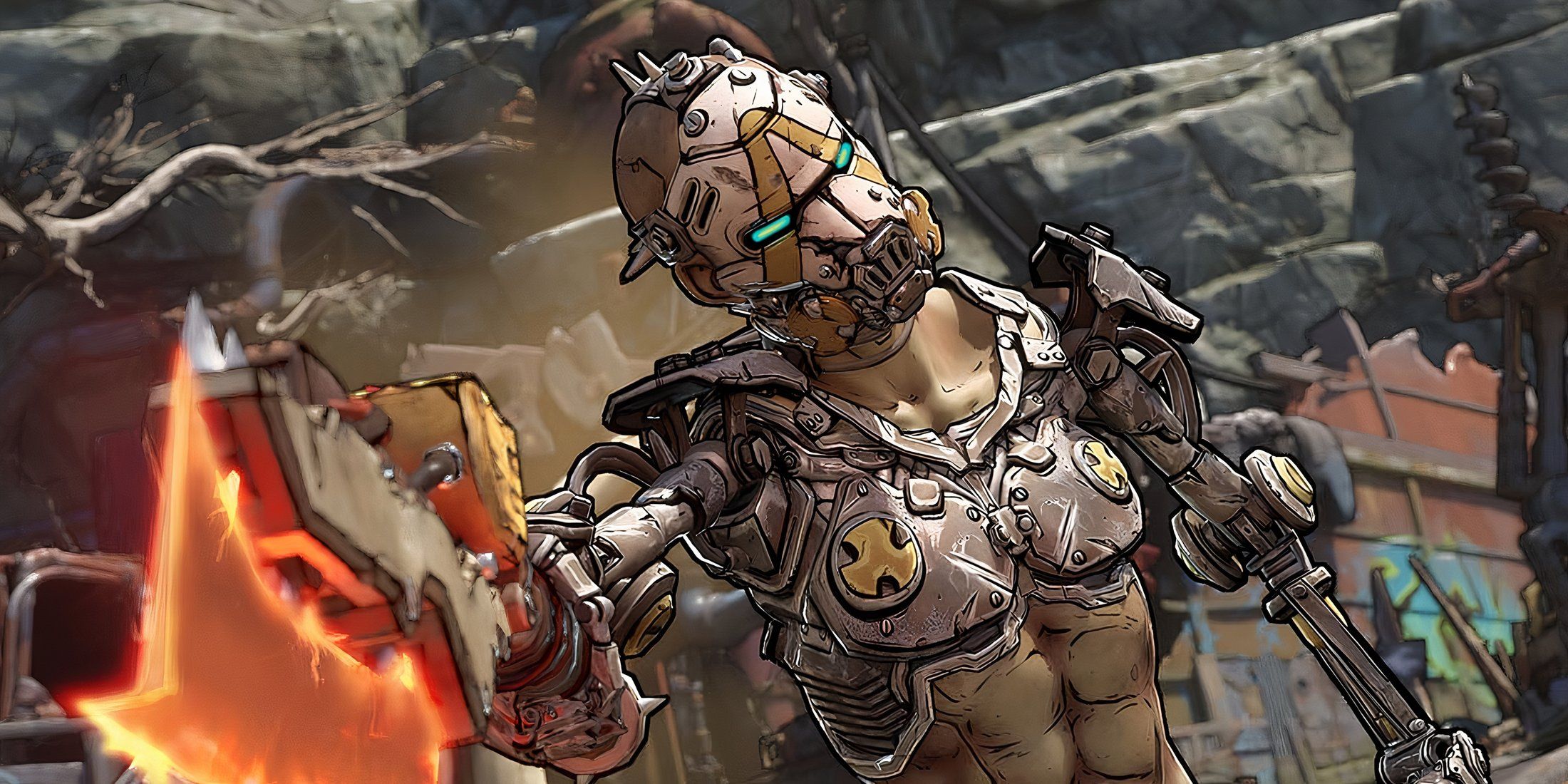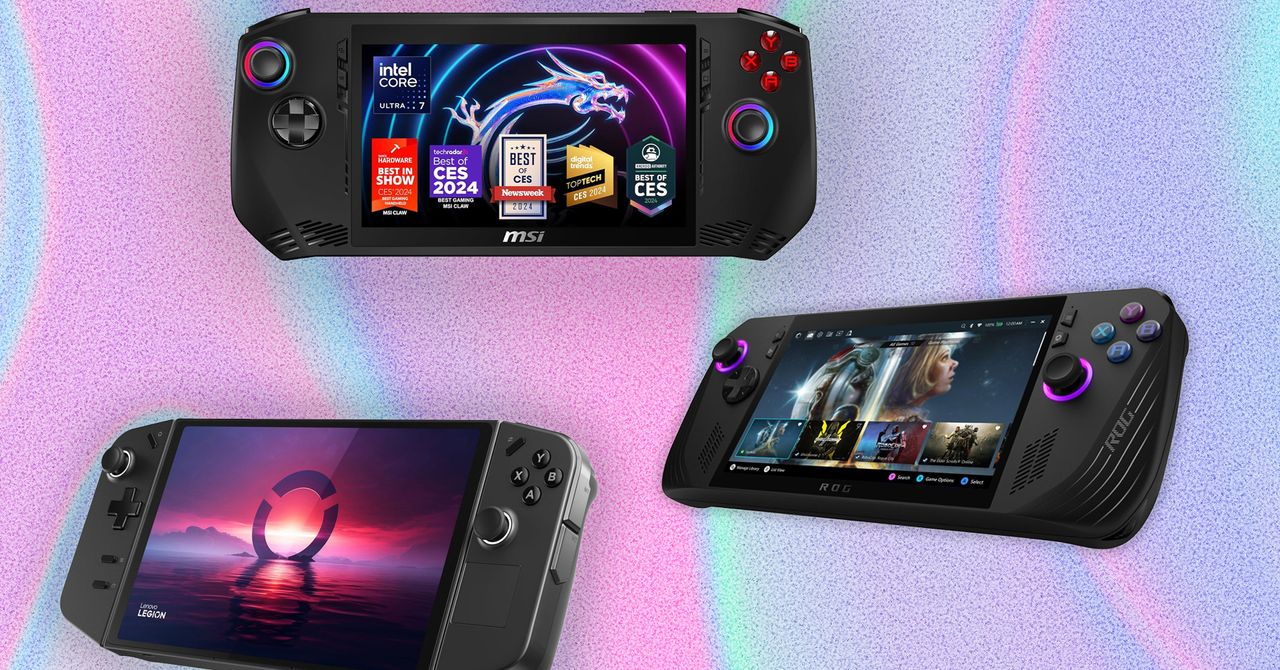
The Nintendo Switch is a miracle. The Steam Deck doubly so. In both cases, their respective manufacturers attempted something that seemed impossible: cramming AAA games into hardware you can play on the bus. Both pulled it off by performing a delicate dance to balance performance, efficiency, and simplicity for the user.
These are all things Windows is notoriously terrible at, and that doesn’t bode well for the companies trying to build handheld gaming consoles with Microsoft's desktop operating system. In the aftermath of the Switch and Steam Deck’s success, it seems like every company even remotely connected to gaming hardware is trying to build a handheld. The only problem is that very few are doing the other thing that Nintendo and Valve did: building a custom OS. Most, like Asus and MSI, are relying on Windows, and that’s a detriment to the entire ecosystem.
If you buy something using links in our stories, we may earn a commission. This helps support our journalism. Learn more.
You’re a Beta Tester
It might seem like handheld manufacturers are opting for Windows out of some obvious benefit to players. After all, the Steam Deck can only play Steam games, but Windows can run games from storefronts like Epic Games, GOG, and Battle.net, right? While that’s certainly the most flattering interpretation, there’s a far simpler reason: manufacturers don’t have much choice.
It’s hard to build your own operating system. Heck, it has taken Valve over 10 years to build Steam OS and the Proton compatibility layer that makes Windows games work on it. If you’re a manufacturer that wants to make a handheld that plays games directly without a decade of development, Windows is the way to go.
Sort of. That development time doesn’t go away by slapping Windows on a handheld. It just shifts that work to the future. Asus, for example, has been on a tear releasing update after update in the year since the ROG Ally first dropped. To the company’s credit, the software experience has improved.
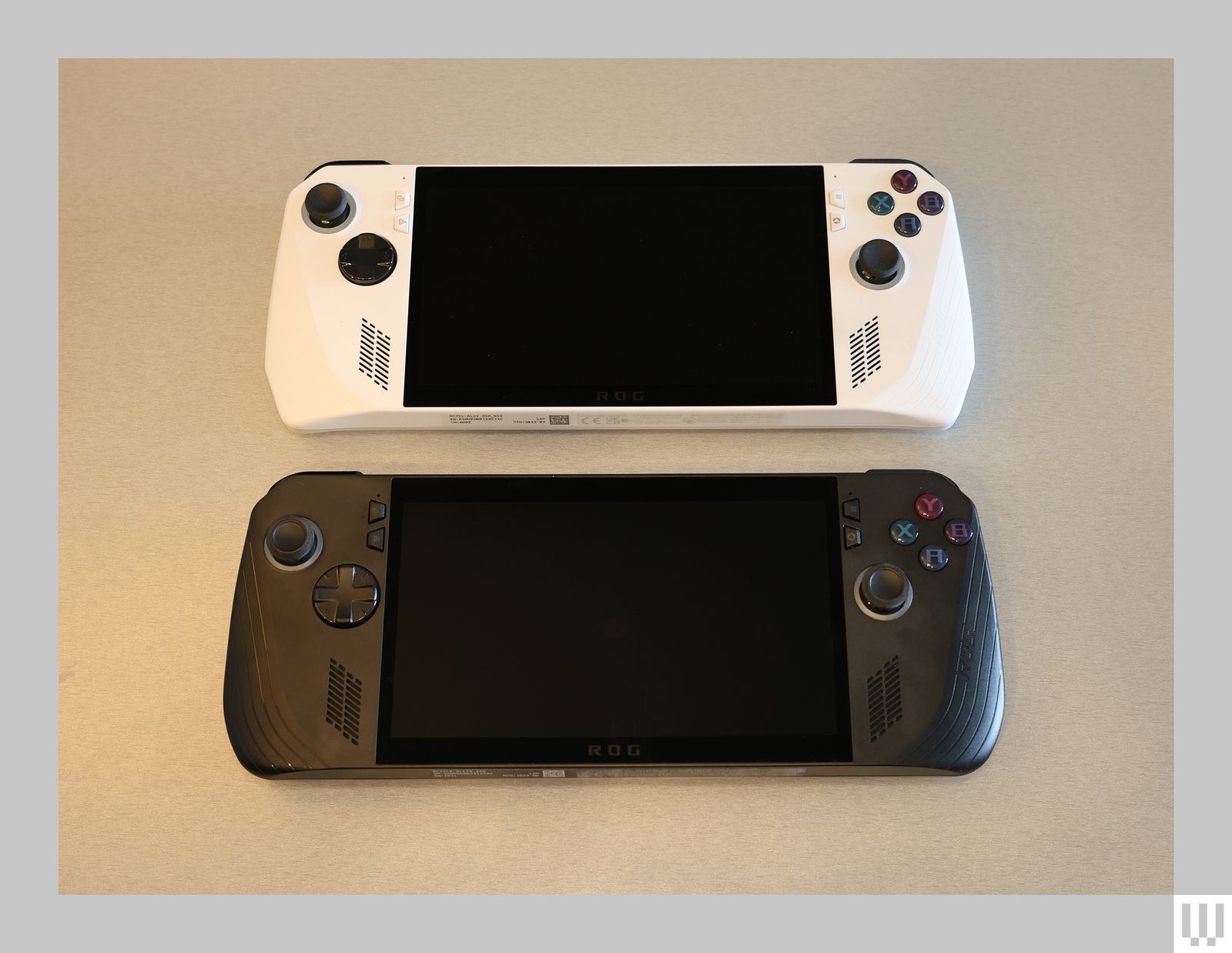 Photograph: Eric RavenscraftRead MoreReview: Lenovo Legion GoReview: Asus ROG Ally XReview: MSI ClawReview: Steam Deck OLEDThe Best Gaming Handhelds
Photograph: Eric RavenscraftRead MoreReview: Lenovo Legion GoReview: Asus ROG Ally XReview: MSI ClawReview: Steam Deck OLEDThe Best Gaming HandheldsSome work is under the hood, like optimizing games to run on portable hardware without unnecessary power drain or building an interface designed for controllers, since most people aren’t going to buy a gaming handheld to plug in a USB keyboard and mouse. While that work is being done, manufacturers are asking customers to be beta testers for a long-term project. (And on hardware that might be outdated in a few short months: See the MSI Claw.)
That wouldn’t be an insurmountable issue on its own. I bought the first Android phone when it dropped in 2008, and very few people I knew would’ve been willing to live with that experience back then. I was willing to live with a subpar experience because I wanted to see it improve over time, and I already got enough benefit from it to be worth the tradeoffs. Over time, Android got a lot better.
The difference here is that most of the problems of running Windows on a gaming handheld come from Windows. Manufacturers can’t do a lot to change that.
Microsoft Owns Windows (and Its Problems)
When Microsoft licenses Windows to manufacturers, it comes with some limitations. Companies like Asus and MSI can include their own apps, change some default power settings, and customize the taskbar, among other things. What they can’t do is fundamentally change how Windows behaves entirely.
